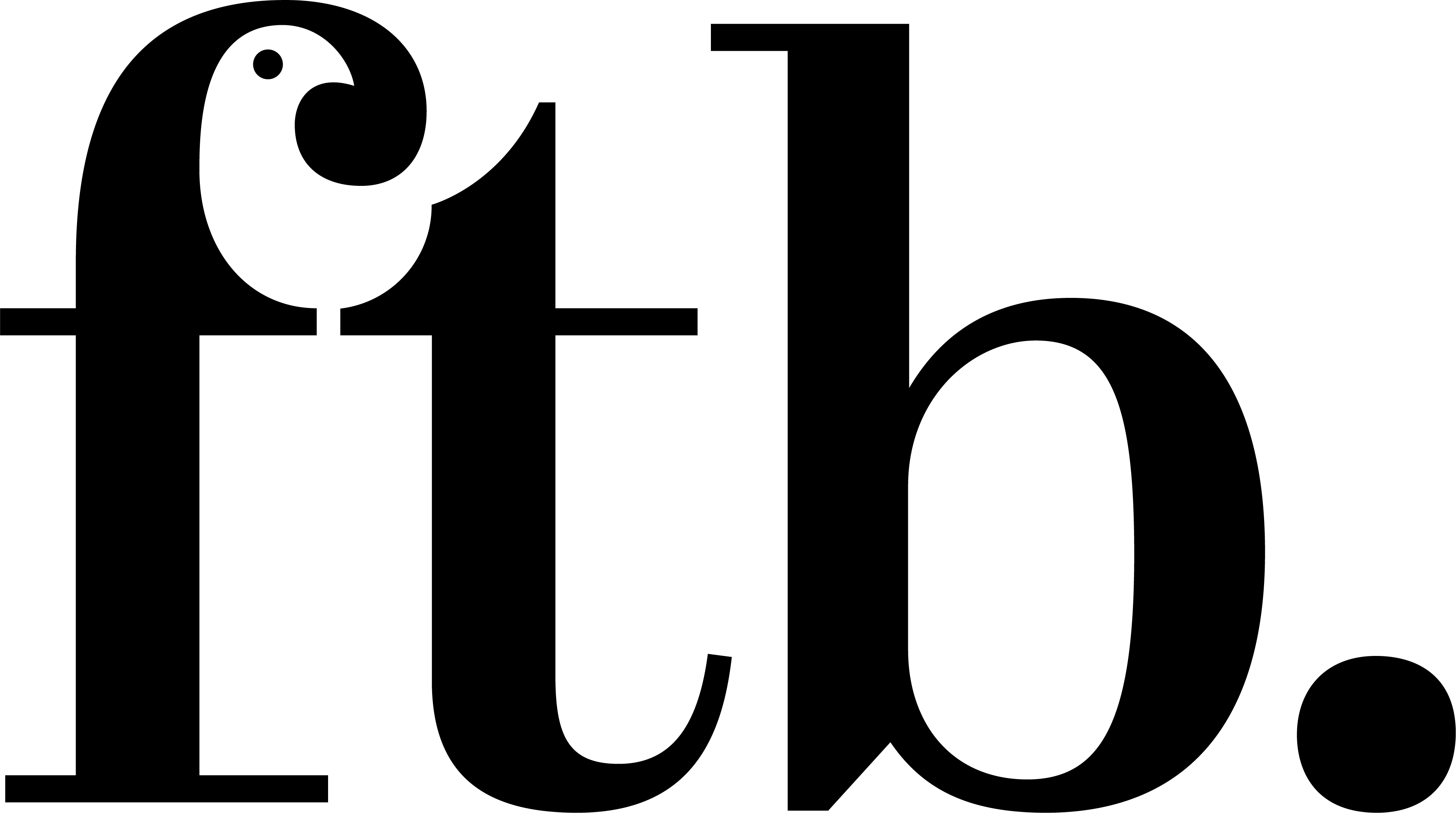Beautiful Thinking.

When I set out to write this article I couldn’t have imagined that I would end up writing it from home under lockdown to prevent the spread of the coronavirus, Covid-19. I hope that by the time it’s published, we will have passed the worse of the pandemic, but it’s already clear that what’s ‘business as usual’ will have changed forever. Rather strangely, the topic I was going to write about is still very much apt despite the crisis.
Almost unnervingly so.
I wrote previously in SPC’s July 2019 edition about how endless line extension of superhero SKUs like Nars Orgasm blusher (now a 17-SKU collection) in the pursuit of ‘newness’ cannibalises the product’s brand equity and causes confusion for consumers. This piece was intended to be a follow-up looking at how this tendency is true for beauty brand and product architecture in general. Which has been – for nearly the entire decade and particularly so in the past five years – just a never-ending proliferation of ranges and ‘value’ tiers in every single beauty category. And frankly, it has to stop.
To put it in context, L’Oréal’s UK’s makeup website has thirty-nine mascaras. Yes, thirty-nine. Split between thirteen sub-brands. Leaving aside the fact that I rarely wear mascara myself, it’s virtually impossible to know based on their naming conventions, packaging design and otherwise, what all of them are intended to do, who they are targeted at and what benefits they have. Waterproof versions aside, what’s the difference between Lash Architect and Lash Architect 4D? Between Miss Manga Black Angel and Miss Manga Mega Volume or the six different types of Volume Million? And of course it’s not just L’Oréal cosmetics, Herbal Essences has 21 different collections some focusing on fragrance/ingredient and others on benefit, Clinique’s skincare has at least 15 sub-brands that I could tell before I stopped counting in slight despair…
How on earth is any consumer able to make sense of this when they come to the shelf? And this proliferation has been all about the shelf. It’s been about designing more and more beauty ranges and sub-brands to get space on the shelf. To ensure that there’s always something new on shelf to recapture the attention when a customer returns to store.
Except in many countries in 2020, that’s simply not happening anymore. Consumers are no longer standing at shelf in any sort of leisurely way. What was part of a digitalisation and simplification trend I’ve been highlighting for a while, has simply happened overnight. Consumers have been shifted to shopping almost exclusively online, particularly for discretionary purchases like beauty. What might have been a question of picking up and looking at the packaging to decipher and navigate what was on offer in a potentially enjoyable way in-store – smelling the fragrances, looking at the mascara brush types, for example – instead becomes a laborious online task of click and compare.
It was something that DTC brands like Glossier already understood very well, that online shopping has to be about simplicity, be a frictionless as possible. After five years of operation it still has fewer than 15 skincare SKUs and 20 SKUs in makeup. Now of course, Glossier is focusing on a younger, minimalist consumer who is not inclined to want 173-plus eyeshadow shades, but its approach makes it far easier for a needs’ based online consumer looking for something to ‘wash my face’ ‘remove my eye make-up’ or ‘define my brows’ to find what they need, and fast. And they’re offered a few, really thoughtful SKUs to do it.
None of us know what the coming months will bring, but what’s clear is that in the intervening period our buying habits will have altered irrevocably. Consumers will be asking value and loyalty questions – do I really need to get it? is the product worth it? will it really work for me? – in a way that we have not done for two decades or more. In that world, 39 mascaras just doesn’t make any sense practically.
2020 has unexpectedly become the time to answer those consumer questions, and for the brand to deeply rethink what’s on offer to them in terms of brand architecture. Cutting it all back and making what’s left simpler and better.
